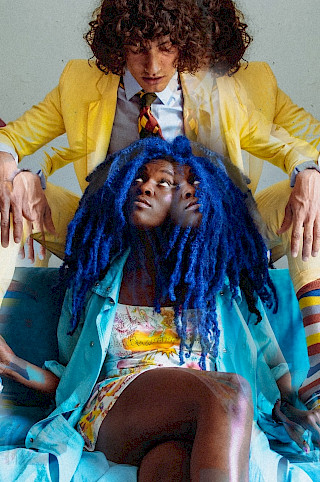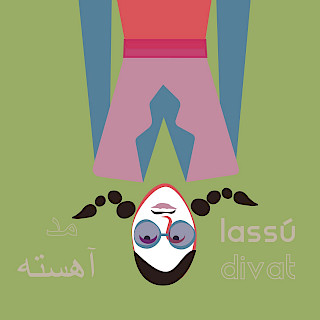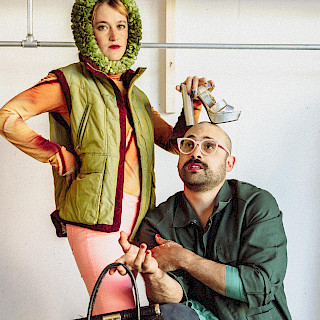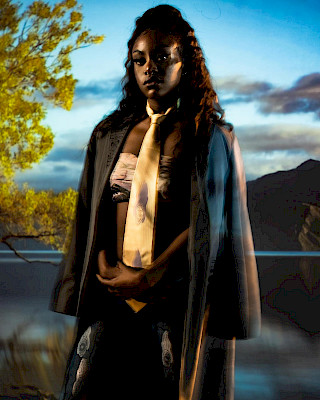
slo-mo is committed to sustainability in the clothing industry. The store creates a low-key offering that, in contrast to conventional fast fashion, is based on recycling and resource efficiency.
slo-mo works on the one hand as a classic second-hand store where used clothing is resold. On the other hand, it is a so-called second-season store: the team around founders and owners Noémi Barta and Katrin Siegel takes over unsold clothing from partner boutiques and offers it themselves. In the third area of second design, slo-mo creates a platform for young designers who are dedicated to upcycling. For example, they breathe new life into their own remnants.
There is a second-season cooperation with the stores Rrrevolve, Yoomee and Arniko Concept Store. As part of Second Design, the young designer Kanza is supported (in cooperation with the Subject Area Trends & Identity, ZHdK). Further collaborations exist with na&? and Friskyness.

"I see slo-mo as a kind of playground where we can try things out, constantly exchanging ideas with others, shaking things up, reorganizing and generating added value with the least possible impact on the environment and the climate." – Noémi Bartha

"I want to design places where people can feel comfortable and relaxed. It was exciting for me to transform an empty space into a store that meets this requirement." – Katrin Siegel

What motivated you to get into the second-hand business with slo-mo?
We live in a society that can afford abundance and produces surplus. We are suffocating with things, while at the same time many people have too little available space. The increasingly popular vintage clothing trade is an expression of this. We support this trend, but at the same time we do not agree with the current practices. Many large vintage stores try to offer their customers similar conditions to a fast fashion store: Clothes pre-sorted off the rack. Large containers full of used clothes are therefore transported to countries with low employment costs. What is currently hip in the vintage sector is selected and then shipped all over the world again. The question is how climate-friendly, sustainable, and fair this is. We want to offer a different model.
How do you stand out from the many other second-hand stores?
Our core business is more traditional than innovative. Basically, we do the same thing as a conventional second-hand store. But sustainable projects in the fashion sector are still nowhere near as widespread as they need to be. Innovation can also mean reinterpreting the traditional. Especially if it contains values that reflect the zeitgeist. That's what we do with slo-mo. We also try to be open to other ways of slow fashion. We didn't invent the concepts of second-season and second-design, even though we came up with the term for the latter. Nevertheless, slo-mo is unique in the combination of the three areas and its role as a fashionable mirror of our neighborhood, at the interface of districts 6, 10 and directly adjacent to district 5. There are no gender or age restrictions here. Our motto is: If it fits, it fits.
What challenges are you facing?
As mothers of two, time management is a particular challenge for us. The biggest difficulty is our triple role as creators, hosts, and idealists, in which we are now quite at ease. However, we both still have to grow into the role of a businesswoman. The coming years will show whether we succeed, and the store can survive in the long term or whether this experiment was too idealistic. We are encouraged by the continued support we have received from many sides. The project has been very well received right from the start, both in our private environment and in the neighborhood. We are still overwhelmed by how much positive feedback and love we receive, sometimes on a daily basis.



slo-mo
Kornhausstrasse 16
8006 Zürich
Monday closed
Tue - Fri 11:00-18:30
Saturday 11:00-18:00
Sunday closed